
As we wrapped up our first ever Biblio.live Antiquarian Virtual Book Fair, some people were surprised by the selection and pricing. “At your most recent fair, you sold maps, modern first editions, posters, and ephemera as low as $10?! What exactly is an ‘antiquarian book’? ARE YOU BREAKING ALL THE RULES?!”
Sometimes, terms will get overused and lose their meaning or become so commonplace that we overlook their significance – such is the case with the ‘Antiquarian Book.’
So, what is an antiquarian book?
At its most simple, an antiquarian book is an old book, but it can also mean so much more.
In modern book collecting, the term ‘antiquarian’ generally defines any physical object that is unique and holds value. That worth may be ascribed to one or more factors, including edition (in many cases, first edition, first printing), quality, binding, provenance (who owned it), or signature.
The traditional (stalwart, stuffy, unprogressive) definition of an antiquarian book is a book that is at least 100 years old, but usually older (much, much older). This includes incunabula – books, pamphlets, and broadsides printed in Europe before the year 1501. The word ‘incunabula’ is the plural term for the Latin word – incunabulum, which means ‘a cradle’ and evolved to mean ‘place of birth,’ referring to the beginning of the printed word. The vast majority of works published during this long-ago time were Christian religious works.
In the traditional antiquarian book world, you will also find many items printed through the 15th, 16th, and 17th centuries. As publishing matured, works moved from religious texts to poetry, plays (including Shakespeare), philosophy, history, literature, and even guides to food and wine.
The terms “rare” and “antiquarian” are often thrown together, and although a book can be both rare and antiquarian, it can also be rare and not antiquarian, and antiquarian and not rare.
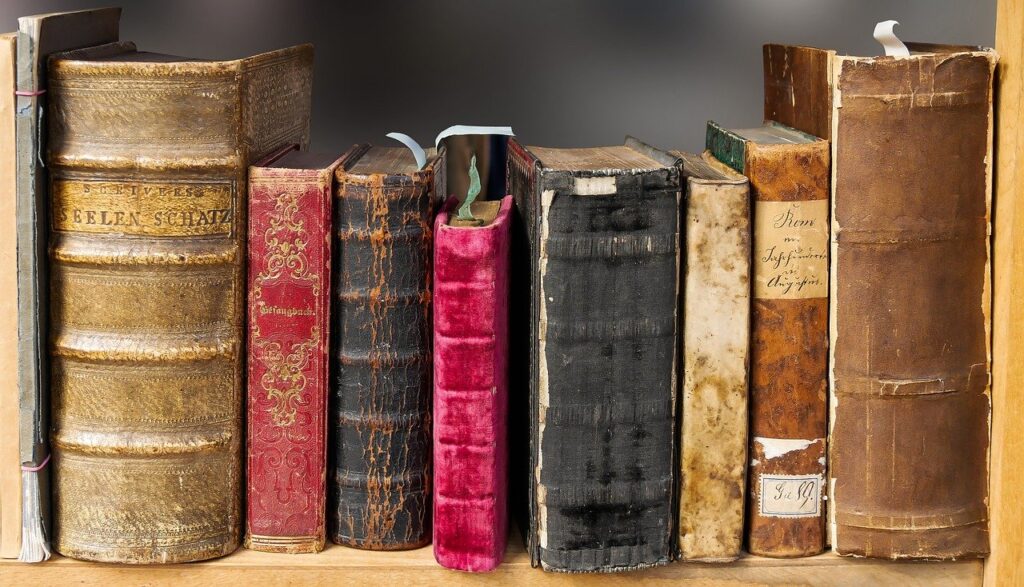
Are leather-bound books antiquarian?
We have a frustratingly simple answer for you – sometimes leather-bound books are antiquarian. It is certainly a desirable binding feature of many antiquarian books, and a leather binding can sometimes denote a rare and valuable book, but many other factors come into play.
On a very basic level, there are two types of collectible leather-bound books – new and old. The more contemporary publishers include Easton Press and the Franklin Library. These are easily accessible, affordable editions, and great for newer collectors wanting to build an extensive and eye-catching collection without spending their retirement money. The value of older leather-bound books often hinges on the type of leather (calf? goat? seal?) and intricacies of decoration (gold leaf? jewels?) as well as the content and condition of the book. Generally, the book’s listing will specify the type of leather it is bound in if it is valuable, such as calf or morocco (handmade from goatskin), while less valuable leathers such as sheep or roan may not be mentioned (from the ABC for Book Collectors).
Modern antiquarian books
Today the term ‘antiquarian’ has grown to also include valuable works that were published more recently, like first editions of the Harry Potter series, Ian Fleming’s James Bond books, the first edition of To Kill a Mockingbird, or The Great Gatsby.
What makes these modern books valuable? A few key things can play into it. First and foremost is demand, and secondly, condition. If the book is less than 100 years old, it must be pristine to have a high monetary value – including the dust jacket. Many books in first edition state, even highly desirable titles, are worth a significant amount less without their dust jacket.
Signatures also contribute to value. Many bibliophiles thrive on collecting signed books. An ‘inscription’ (a short note by the author or owner) may reduce that value, or add to it, depending on to whom it was inscribed (learn more with our in-depth article on signed vs. inscribed books).
Many titles are only valuable as a very early edition in the ‘first state’ – that is, the first edition, first printing. Many ‘first editions’ may actually be later printings. This is one of the hardest things to wrap your head around when learning the basics of book collecting, and it is essential to educate yourself. The best reference by far is an antiquarian bookseller – luckily, we have thousands on the site! They are professionals and know the ins and outs of the trade and how to identify true first editions (and how to tell a fake signature).
More Resources on Book Collecting and Antiquarian Books:
We have so much information on book collecting – here is an excellent place to start:https://www.biblio.com/book-collecting/basics/
For more on Antiquarian books, you can also visit the ABAA The Antiquarian Booksellers’ Association of America https://www.abaa.org/about-antiquarian-books
Amy C. Manikowski is a writer living in Asheville, NC.
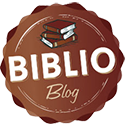

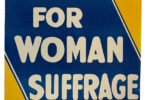
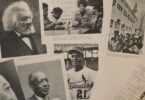
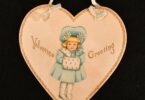
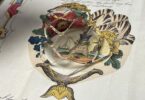
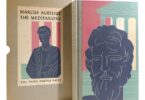
I love Biblio for finding the rare books no one else has.
Excellent, informative essay.